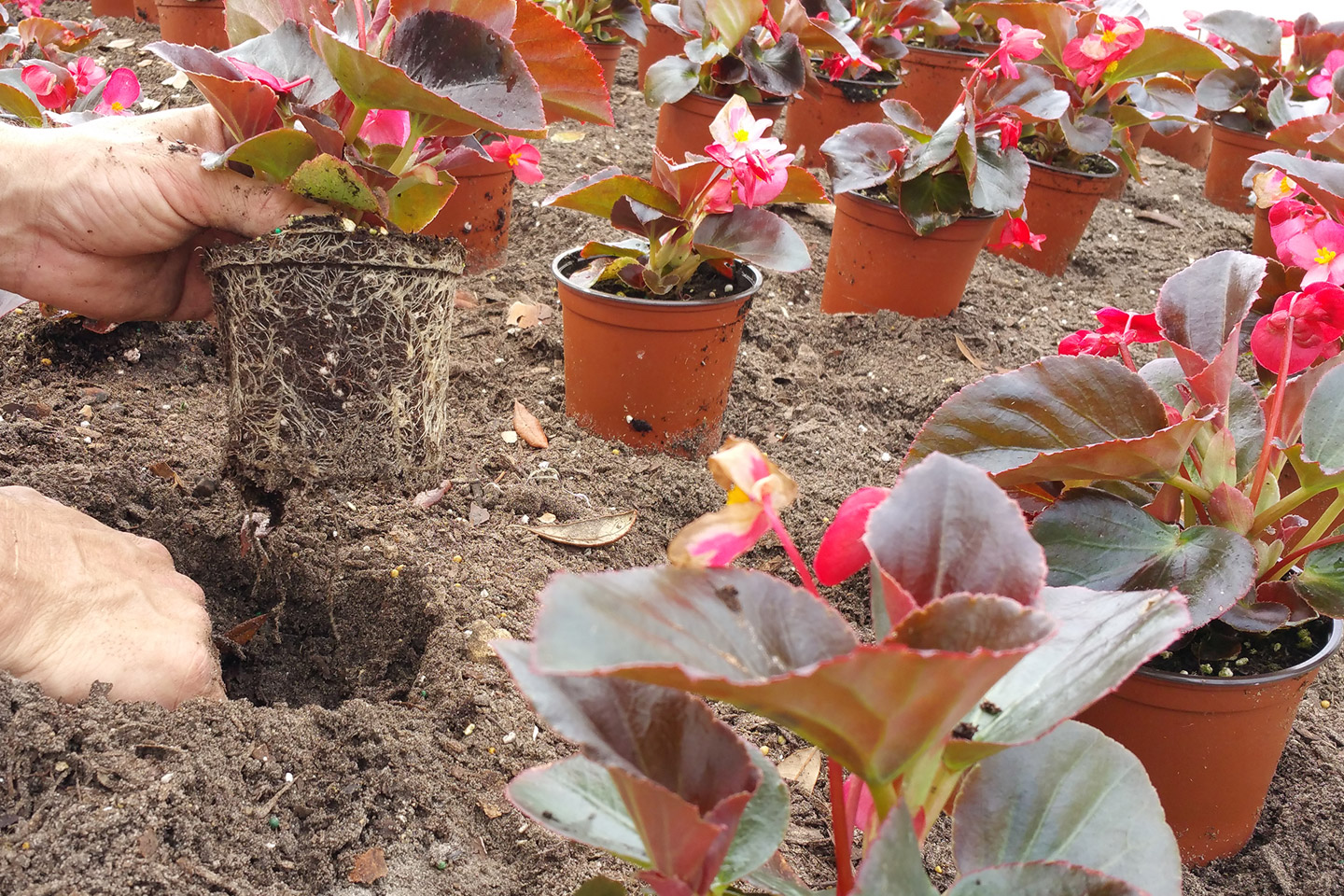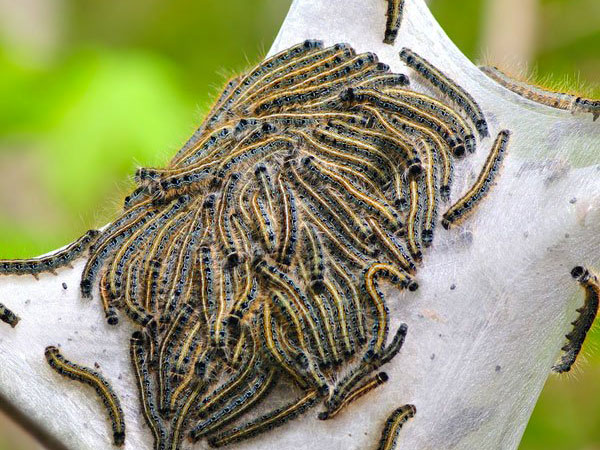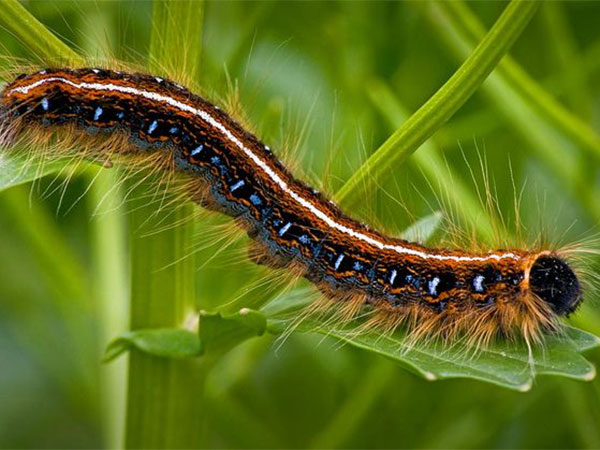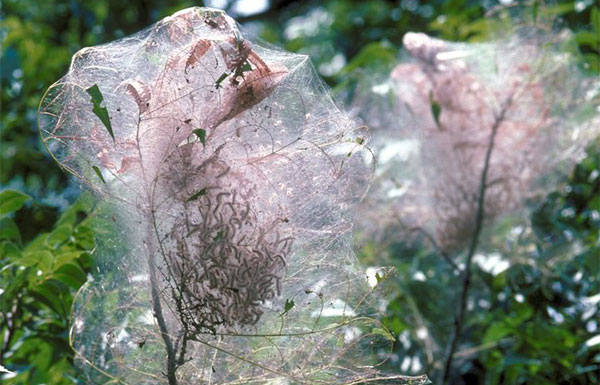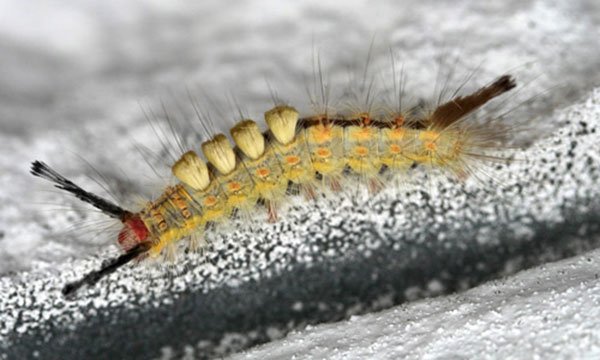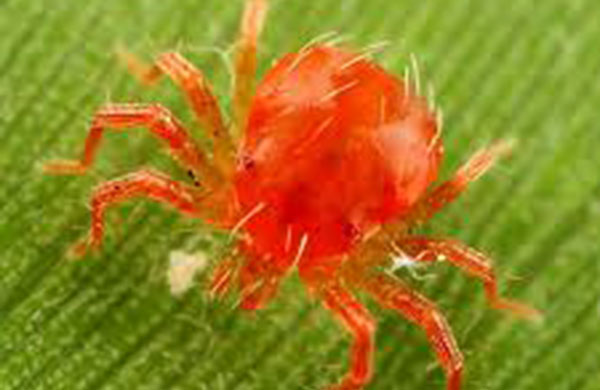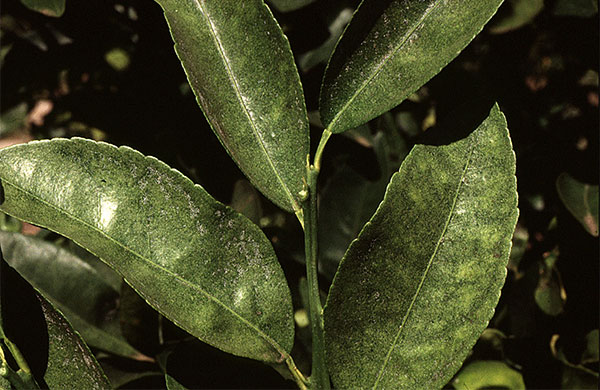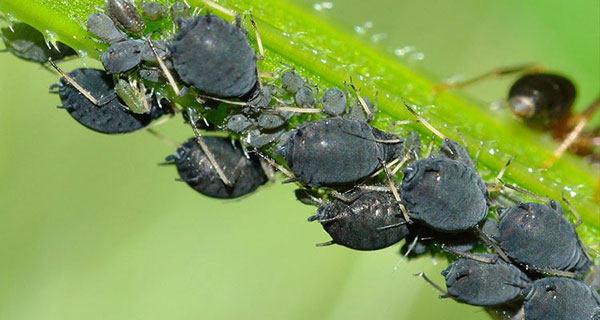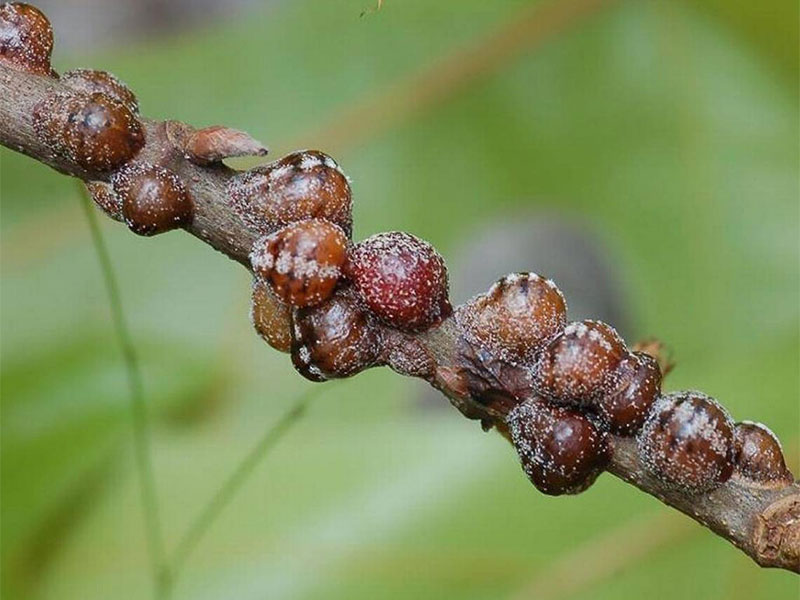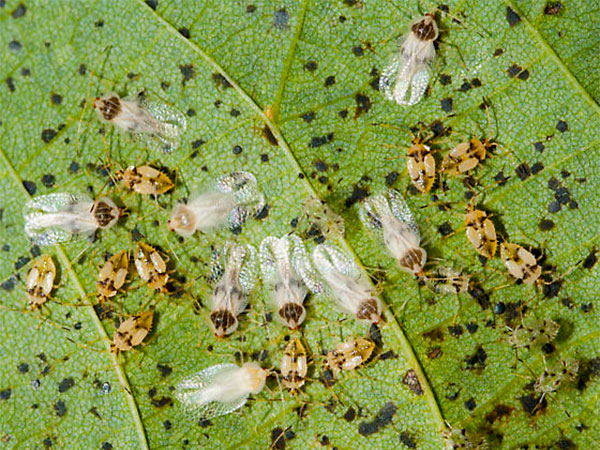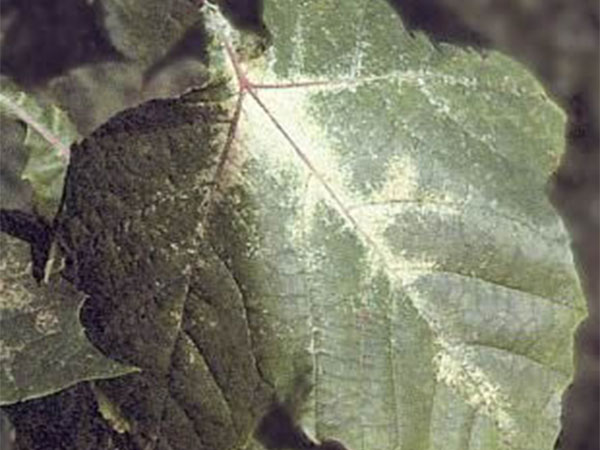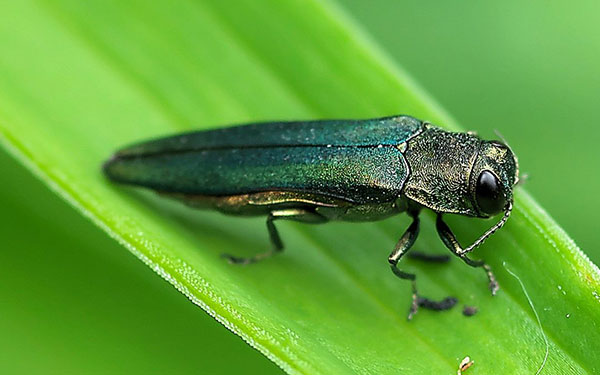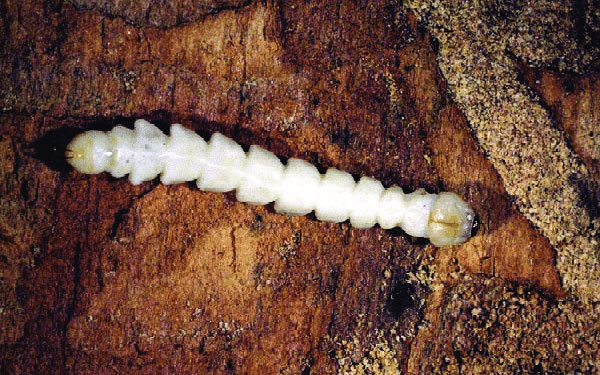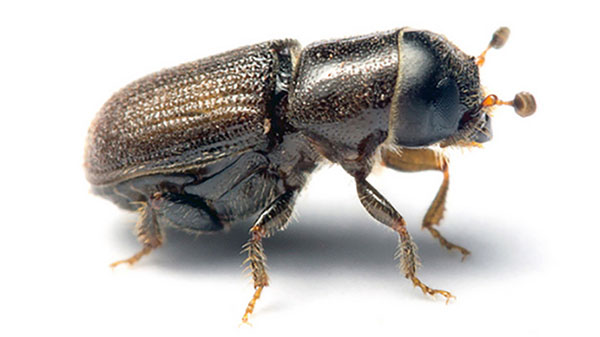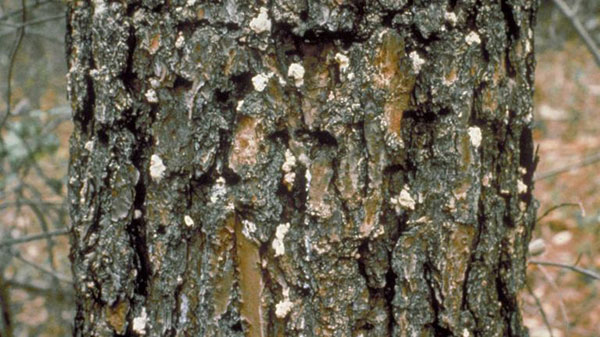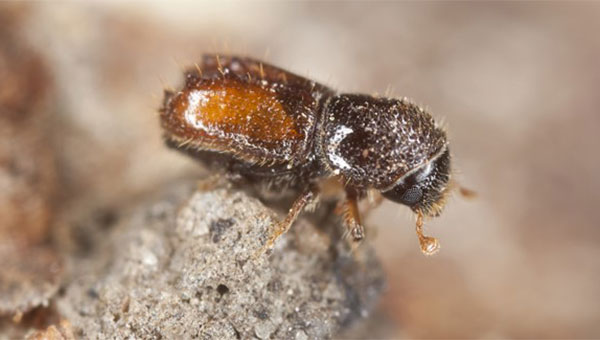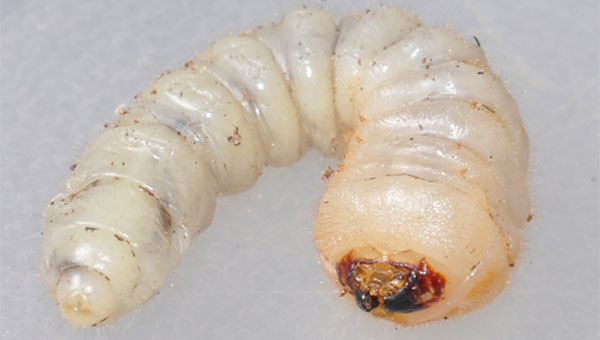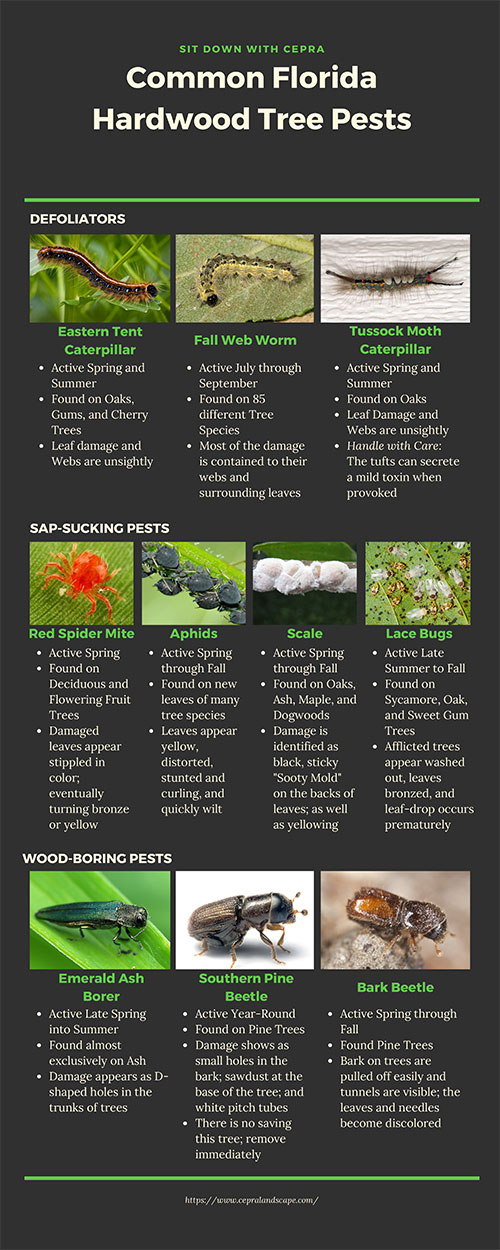What's Damaging Your Landscape? Part 2: Tree Pests - Sit Down with CEPRA
Tree Pests
Trees can increase the value of a home or property tremendously. When people think of the "Old Florida" landscape, two types of trees come to mind: palms and live oaks. Oaks add an economic value as well as a scenic value, offering an abundance of cooling shade while also providing a variety of foliage color, shapes, and texture to the landscape. Along with them, trees ranging from crape myrtles to pines are used as focal points - defining spaces, framing views, and creating a beautiful and serene setting. With the incredible value trees bring to a community, it is important to do what we can to identify and protect our landscapes from devastating pests. In this section of our ongoing "Pests in the Landscape" series, we will be covering common hardwood tree pests in Florida.
Defoliators
These insects cause damage by eating portions or entire leaves of trees. If a large portion of a tree's canopy is removed by these pests, it can be put under significant stress. This can potentially lead to the tree's substantial decline, or even death.
Eastern Tent Caterpillar - This pest occurs in both native sites and formal landscapes during the late spring and early summer. Larvae have a dark gray to brownish-black background body color, highlighted by pale-blue and yellow lines extending along each side and mature to 2 to 2.5 inches. The silken nests, known as tents, are built in the crotches of limbs, and can become quite large. During the heat of the day or in rainy weather, the caterpillars will remain within the tent, but they will emerge in the early morning, evening, or at night to feed. The preferred hosts tend to be various species of Oaks, Gums, and Cherry trees. Populations will fluctuate from year to year, with serious outbreaks occurring every several years.
Fall Webworms - This pest is frequently confused with the Eastern tent caterpillar. Fall webworms occur typically in July through September. The mature caterpillars are covered with long white or brown non-stinging hairs and grow to be 1-1.5 inches. The head is either black or deep orange with a yellow to green body and a black stripe on its back and a yellow strip on each side. The caterpillar will spin a loosely woven web on the on the ends of tree branches. The larvae can be found feeding within this web for one month or more. Surprisingly, while their nests may be a bit unsightly, the only damage these caterpillars cause is aesthetic. These caterpillars are not picky eaters; they have been known to feed on 85 species of trees. Some of the host plants on which you will most often find them include hickory, pecan, sweet gum, and bald cypress.
Tussock Moth Caterpillar - There are three species of Tussock moth caterpillars in Florida. The caterpillars generally are either light or dark bodied with a red head, 2 black "hair pencils" projecting forward like antennae, 4 dense tufts of hair (tussocks) on the back, and a fluffy tuft projecting from the rear like a tail. The mature larvae are 1-1.5 inches in length. The hatching of the overwintering eggs starts around March 1 when their preferred host, oak trees are flushing. Feeding occurs over a period of 4 to 6 weeks and usually has little impact on the oak trees, but wind-blown caterpillars may land on and defoliate small trees and shrubs around the yard. Besides the annoying presence of numerous hairy caterpillars and their frass, these insects can spin their difficult-to-remove cocoons on houses, boats, and other outdoor articles.
Sap-Sucking Insects
Sap-sucking insects have specialized mouth parts which allow them to pierce the leaves and stems of trees to remove the internal fluids. During this feeding, the insects will discharge honeydew, which is a combination of undigested sugar and water. This sticky substance will coat anything underneath the feeding insects, such as shrubs, picnic tables, and vehicles.
Red Spider Mite - Mites are related to spiders and ticks rather than insects. As the name suggests, the red spider mite is bright red and oval-shaped. The mite generally attacks deciduous and flowering fruit trees. With prime environmental conditions, red spider mites can grow from larvae to adults in one week. This rapid development can potentially lead to extensive damage as the mites remove fluids from individual leaf cells, causing a flecked or stippled appearance. As the pest population grows, the foliage will take on a bronze and/or yellow discoloration.
Aphids - These are soft-bodied insects that typically affect the new and emerging leaves. These tiny insects are sometimes difficult to spot, as adults rarely exceed 0.25-inch in length and come in a variety of colors, including black, gray, light green, and pink. Aphids suck plant fluids from leaves, causing the leaves to turn yellow, become distorted and wilt. Common symptoms of an aphid infestation include curling, stunted, or discoloration of leaves along with the production of honeydew.
Scale Insects - Named for their scales, or shell-like body covering, scale insects are generally small - less than 0.5-inch in size. These insects are divided into two categories based on body coverings: Soft scale have a body covering which is a cottony, powdery, or waxy layer that is inseparable from the body. Armored scale have a shield-like covering which is made of shed skin and wax, and is not attached to the body.
Lace Bugs - These pests are a very common pest in the late summer to early fall. Adult lace bugs are approximately 3 mm long, with a yellowish-green to brown head and body, and milky white wings flattened to a lace-like effect. The nymphs' body color and shape are similar to that of the adults, but is usually darker and the wings are absent. Most lace bugs live out their lives on the underside of leaves. Lace bugs prefer sycamore, oak, and sweet gum trees, and typically exhibit a very strong association with specific tree species. For example, the Sycamore Lace bug primarily feeds on Sycamore leaves and the Oak Lace Bug on Oak tree leaves. The pests obtain food by piercing the leaf with a slender "beak" and sucking out the contents of the plant cells. Heavily infested plants become unsightly, looking washed out and unhealthy, as leaf vitality is reduced. This discoloration of the foliage - often exhibited as yellowing or bronze color - can cause a premature leaf drop much in advance of the usual fall occurrence. Along with this, black fecal matter, as well as black eggs - both tiny, stationary spots - are a common sign of lace bug activity.
Wood Boring Insects
Wood borers can cause considerable damage to a tree's tissues in a short period of time. These insects usually target trees that are already under stress and rarely affect healthy trees. Infestations typically result in branch dieback, a decline in overall health, and structural weakness.
Emerald Ash Borer - The emerald ash borer is an invasive pest species. The beetle has a green iridescence coloration of its back while the abdomen is yellowish-brown. The beetle lays its eggs on the tree bark. This flat-headed wood borer hatch during the late spring and early summer. As the name suggests, the pest almost exclusively prefers ash trees. A distinctive sign of active emerald ash borers is the D-shaped holes in the trunk of trees. These holes allow the beetles to tunnel deep into the tree, disrupting and impairing crucial layers of tree tissue.
Southern Pine Beetle - This is the most destructive insect pest of all species of pine trees in the southern United States. Larvae range in size from 2 to 7 mm in length and are wrinkled, legless, yellowish-white, with reddish-colored heads. Pupae have the same general color of larvae and the same general form and size of adults. The beetles are 2 to 4 mm in length, have a cylindrical body with a black to reddish-brown coloration. Most of the time, the southern pine beetle only affects declining pine trees, but when populations swell, they are known to attack healthy pines. Symptoms of this pest's infestation include small holes in the bark; running pitch; sawdust at the base of the tree; and white pitch tubes. The crown of the tree will discolor and turn a reddish-brown or rust color as the damage below the bark layer occurs. The afflicted trees will significantly stick out amongst the other green, healthy pines.
Bark Beetles - There are more than 600 related species that fall into this pest category. Favoring pine trees, the pest tunnels underneath the bark of stressed or weakened trees. Once through the bark, the insect turns its attention to the cambium layer of the tree, interrupting its supply of nutrients and water. This damage also affects the trees ability produce new cells crucial to tree growth. As the damage increases, the leaves and needles will slowly become discolored, and the tree can quickly fail. Bark beetles have a similar appearance to Southern pine beetles and create a pattern of holes that resemble buckshot in the bark.
Conclusion
Trees make for enticing play areas, provide cooling shade, beautiful flowers, and serene settings. They can help create the impression of a well-established look in a recently installed landscape. Managing pests are an important part of preserving your landscape's aesthetic. A landscape team's keen eye and a well-managed pest control program are the best tools to protect these beauties for years to come. You can find a quick guide of this section on tree pests available for download below.
We hope you have enjoyed our segment on common pests in the Florida landscape. Please join us for the next segment of our four-part series, where we will be highlighting common palm pests.
Part 1: Turf Grass Pests | Part 2: Tree Pests | Part 3: Palm Pests | Part 4: Ornamental Shrub Pests
